Scan barcode
You can start and finish this challenge whenever you like!
New York Times list of 100 Best Books of the 21st Century released the week of July 8-12 2024.
The books have been chosen and voted on by "503 novelists, nonfiction writers, poets, critics and other book lovers — with a little help from the staff of The New York Times Book Review."
Notes on the books are directly from the New York Times list found here: https://www.nytimes.com/interactive/2024/books/best-books-21st-century.html?campaign_id=69&emc=edit_bk_20240712&instance_id=128589&nl=books®i_id=164072357&segment_id=171975&te=1&user_id=3ab9436b06f81b9833612400b0023456#book-80
There is no start or end date for this challenge.
The books have been chosen and voted on by "503 novelists, nonfiction writers, poets, critics and other book lovers — with a little help from the staff of The New York Times Book Review."
Notes on the books are directly from the New York Times list found here: https://www.nytimes.com/interactive/2024/books/best-books-21st-century.html?campaign_id=69&emc=edit_bk_20240712&instance_id=128589&nl=books®i_id=164072357&segment_id=171975&te=1&user_id=3ab9436b06f81b9833612400b0023456#book-80
There is no start or end date for this challenge.
Challenge Books
37

The Years
Annie Ernaux
Spanning decades, this is an outlier in Ernaux’s oeuvre; unlike her other books, with their tight close-ups on moments in her life, here such intimacies are embedded in the larger sweep of social history. She moves between the chorus of conventional wisdom and the specifics of her own experiences, showing how even an artist with such a singular vision could recognize herself as a creature of her cohort and her culture. Most moving to me is how she begins and ends by listing images she can still recall — a merry-go-round in the park; graffiti in a restroom — that have been inscribed into her memory, yet are ultimately ephemeral. — Jennifer Szalai
38
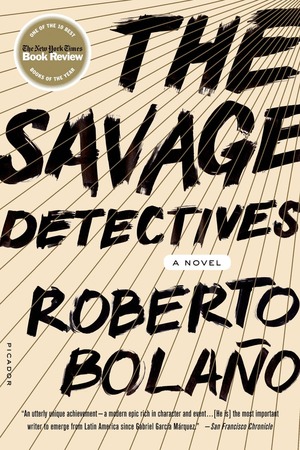
The Savage Detectives
Roberto Bolaño
“The Savage Detectives” is brash, hilarious, beautiful, moving. It’s also over 600 pages long, which is why I know that my memory of reading it in a single sitting is definitely not true. Still, the fact that it feels that way is telling. I was not the same writer I’d been before reading it, not the same person. Arturo Belano and Ulises Lima, the wayward poets whose youth is chronicled in “Detectives,” became personal heroes, and everything I’ve written since has been shaped by Bolaño’s masterpiece. — Daniel Alarcón, author of “At Night We Walk in Circles”
39

A Visit from the Goon Squad
Jennifer Egan
In the good old pre-digital days, artists used to cram 15 or 20 two-and-a-half-minute songs onto a single vinyl LP. Egan accomplished a similar feat of compression in this Pulitzer Prize-winning novel, a compact, chronologically splintered rock opera with (as they say nowadays) no skips. The 13 linked stories jump from past to present to future while reshuffling a handful of vivid characters. The themes are mighty but the mood is funny, wistful and intimate, as startling and familiar as your favorite pop album. — A.O. Scott
40
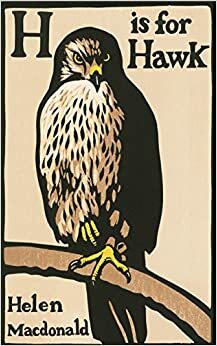
H is for Hawk
Helen Macdonald
I read “H Is for Hawk” when I was writing my own memoir, and it awakened me to the power of the genre. It is a book supposedly about training a hawk named Mabel but really about wonder and loss, discovery and death. We discover a thing, then we lose it. The discovering and the losing are two halves of the same whole. Macdonald knows this and she shows us, weaving the loss of her father through the partial taming (and taming is always partial) of this hawk. — Tara Westover, author of “Educated”
41

Small Things Like These
Claire Keegan
Not a word is wasted in Keegan’s small, burnished gem of a novel, a sort of Dickensian miniature centered on the son of an unwed mother who has grown up to become a respectable coal and timber merchant with a family of his own in 1985 Ireland. Moralistically, though, it might as well be the Middle Ages as he reckons with the ongoing sins of the Catholic Church and the everyday tragedies wrought by repression, fear and rank hypocrisy.
42
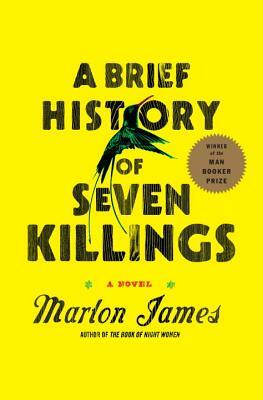
A Brief History of Seven Killings
Marlon James
“Brief”? For a work spanning nearly 700 pages, that word is, at best, a winky misdirection. To skip even a paragraph, though, would be to forgo the vertiginous pleasures of James’s semi-historical novel, in which the attempted assassination of an unnamed reggae superstar who strongly resembles Bob Marley collides with C.I.A. conspiracy, international drug cartels and the vibrant, violent Technicolor of post-independence Jamaica.
43
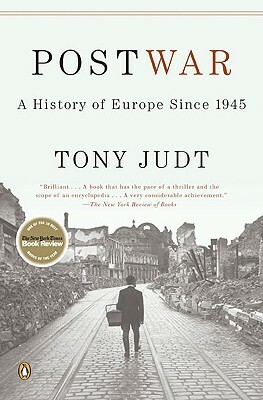
Postwar: A History of Europe Since 1945
Tony Judt
By the time this book was published in 2005, there had already been innumerable volumes covering Europe’s history since the end of World War II. Yet none of them were quite like Judt’s: commanding and capacious, yet also attentive to those stubborn details that are so resistant to abstract theories and seductive myths. The writing, like the thinking, is clear, direct and vivid. And even as Judt was ruthless when reflecting on Europe’s past, he maintained a sense of contingency throughout, never succumbing to the comfortable certainty of despair. — Jennifer Szalai
44
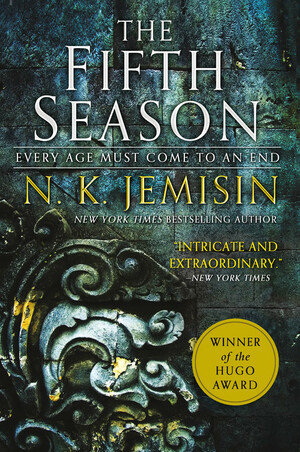
The Fifth Season
N.K. Jemisin
“The Fifth Season” weaves its story in polyphonic voice, utilizing a clever story structure to move deftly through generational time. Jemisin delivers this bit of high craft in a fresh, unstuffy voice — something rare in high fantasy, which can take its Tolkien roots too seriously. From its heartbreaking opening (a mother’s murdered child) to its shattering conclusion, Jemisin shows the power of what good fantasy fiction can do. “The Fifth Season” explores loss, grief and personhood on an intimate level. But it also takes on themes of discrimination, human breeding and ecological collapse with an unflinching eye and a particular nuance. Jemisin weaves a world both horrifyingly familiar and unsettlingly alien. — Rebecca Roanhorse, author of “Mirrored Heavens”
45
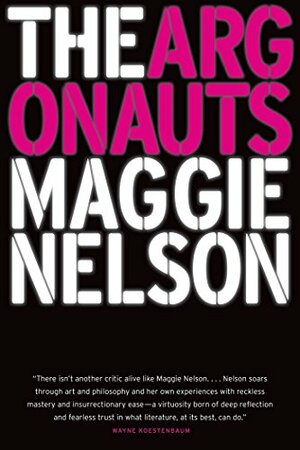
The Argonauts
Maggie Nelson
Call it a memoir if you must, but this is a book about the necessity — and also the thrill, the terror, the risk and reward — of defying categories. Nelson is a poet and critic, well versed in pop culture and cultural theory. The text she interprets here is her own body. An account of her pregnancy, her relationship with the artist Harry Dodge and the early stages of motherhood, “The Argonauts” explores queer identity, gender politics and the meaning of family. What makes Nelson such a valuable writer is her willingness to follow the sometimes contradictory rhythms of her own thinking in prose that is sharp, supple and disarmingly heartfelt. — A.O. Scott
46
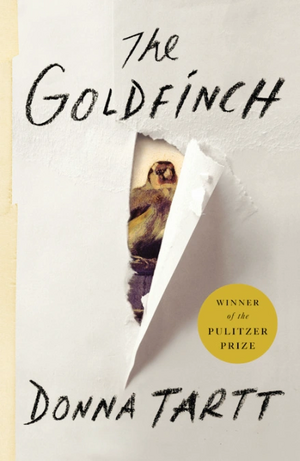
The Goldfinch
Donna Tartt
For a time, it seemed as if Tartt’s vaunted 1992 debut, “The Secret History,” might be her only legacy, a once-in-a-career comet zinging across the literary sky. Then, more than a decade after the coolish reception to her 2002 follow-up, “The Little Friend,” came “The Goldfinch” — a coming-of-age novel as narratively rich and riveting as the little bird in the Dutch painting it takes its title from is small and humble. That 13-year-old Theo Decker survives the museum bombing that kills his mother is a minor miracle; the tiny, priceless souvenir he inadvertently grabs from the rubble becomes both a talisman and an albatross in this heady, haunted symphony of a novel.
47
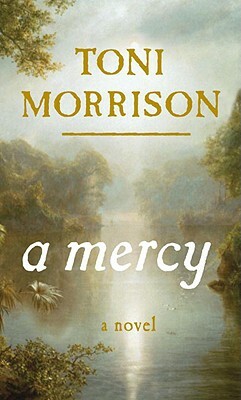
A Mercy
Toni Morrison
Mercies are few and far between in Morrison’s ninth novel, set on the remote colonial land of a 17th-century farmer amid his various slaves and indentured servants (even the acquisition of a wife, imported from England, is strictly transactional). Disease runs rampant and children die needlessly; inequity is everywhere. And yet! The Morrison magic, towering and magisterial, endures.
48
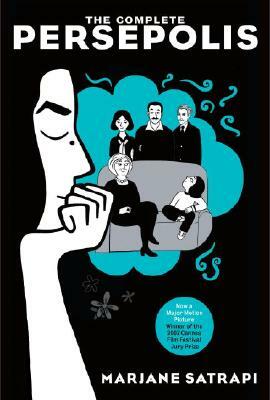
The Complete Persepolis
Marjane Satrapi
Drawn in stark black-and-white panels, Satrapi’s graphic novel is a moving account of her early life in Iran during the Islamic Revolution and her formative years abroad in Europe. The first of its two parts details the impacts of war and theocracy on both her family and her community: torture, death on the battlefield, constant raids, supply shortages and a growing black market. Part 2 chronicles her rebellious, traumatic years as a teenager in Vienna, as well as her return to a depressingly restrictive Tehran. Devastating — but also formally inventive, inspiring and often funny — “Persepolis” is a model of visual storytelling and personal narrative.